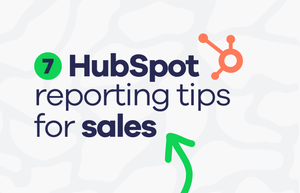How live data and a people-first approach help achieve 100% CSAT
Sustainable fashion retailer Selective Marketplace consistently achieves a 95-100% Customer Satisfaction (CSAT) score. It’s no coincidence that as a business, their effort is focused on customer happiness and creating a positive contact center environment for the team. We spoke with Head of Customer Experience, Patricia Limb, who talked us through how they have such happy customers and staff. Patricia manages a team of 30+ customer service agents.











